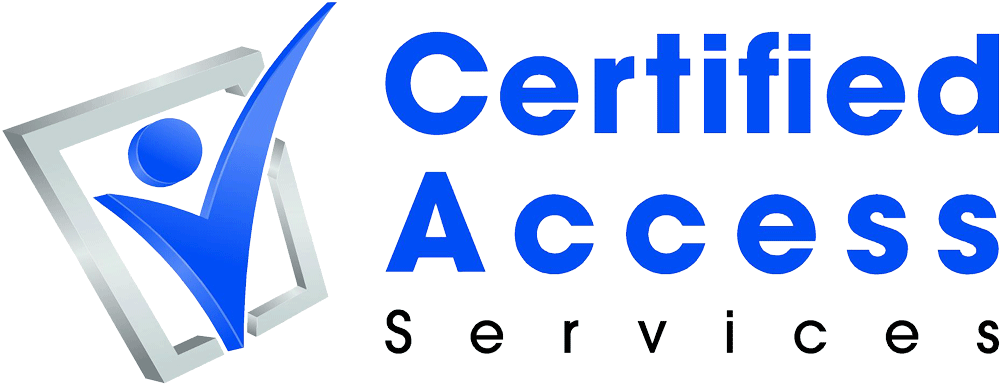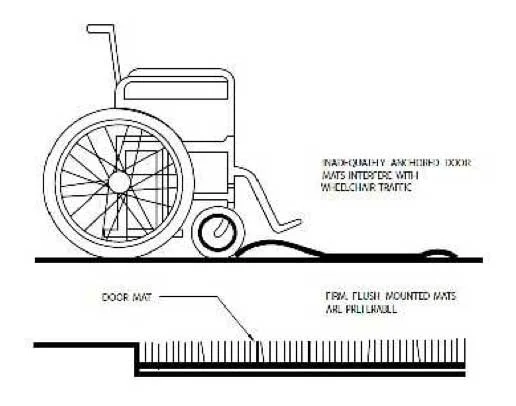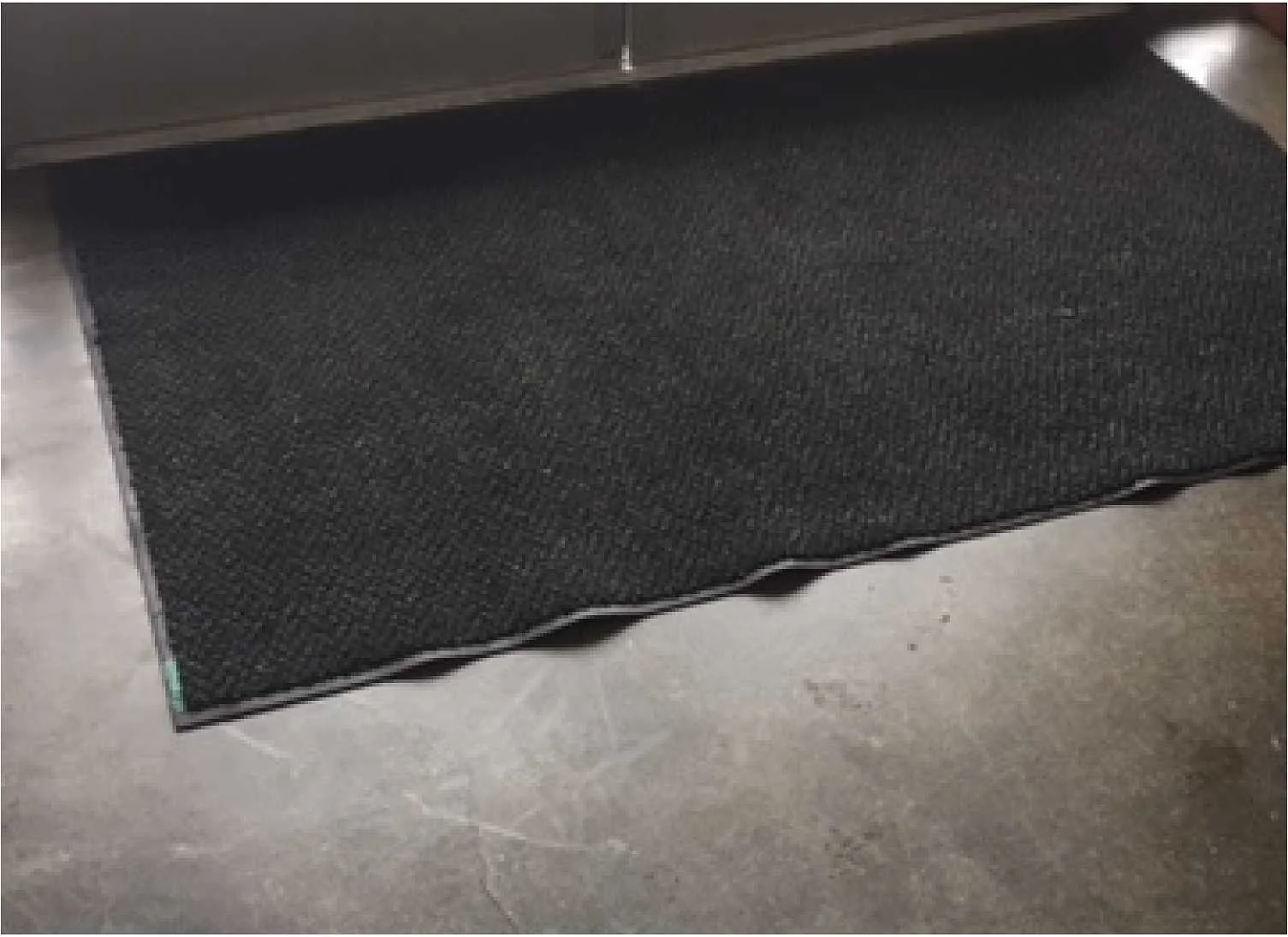ADA Standards For Floor-Mats
/Floor mats show up in the findings of our CASp reports quite often. The citation is almost always the same; The floor-mat edges are not securely fastened to the ground. While floor-mats are important for slip prevention, all floor-mats are not created equal. Most restaurants use a very thin floor-mat at their entry doors and near the soda fountain area. The thin mats are acceptable when they are brand new but as time goes on and the floor-mats are washed, the edges begin to curl up. Once the edges begin to curl, they are no longer ADA compliant because they can cause wheel entrapment and a tripping hazard. This leaves the business owner exposed to an accessibility lawsuit and a personal injury claim. We advise our clients to invest in thicker, more durable mats that comply with the ADA. The thicker mats are more expensive but they have a much longer life-span. If our clients prefer the thin mats, we recommend inspecting the mat for curling before laying them out every day. For more information about the ADA requirements, see the citation below.
2010 ADAS Section 302.2 - Carpet or carpet tile shall be securely attached and shall have a firm cushion, pad, or backing or no cushion or pad. Carpet or carpet tile shall have a level loop, textured loop, level cut pile, or level cut/uncut pile texture. Pile height shall be 1/2 inch (13 mm) maximum. Exposed edges of carpet shall be fastened to floor surfaces and shall have trim on the entire length of the exposed edge. Carpet edge trim shall comply with 303.


